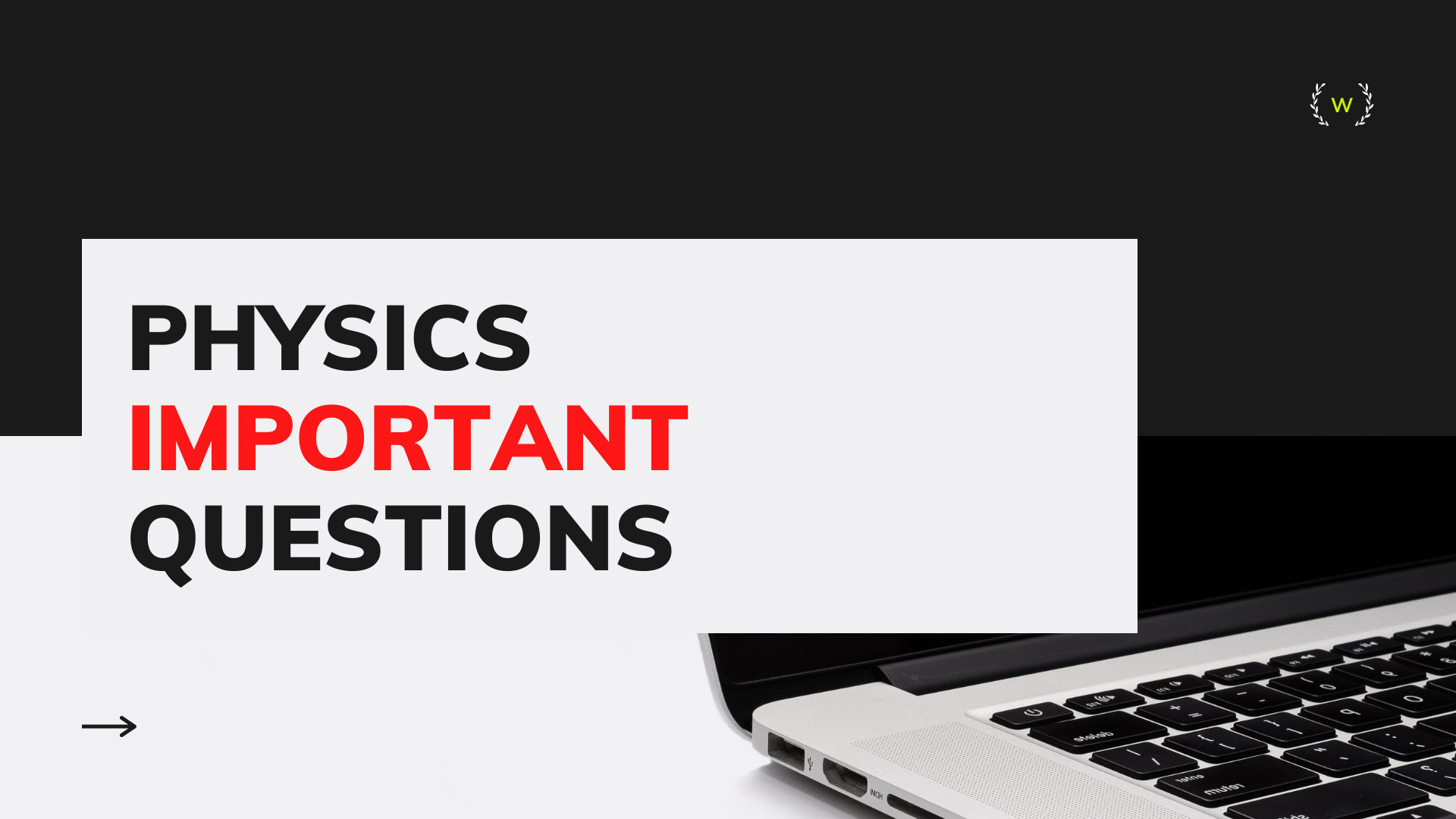Most important questions Class 12 NEB Physics 2078
- Define wave motion. Derive the progressive wave equations in a medium.
- Starting with the definition of stationary waves, prove that the distance between any two consecutive nodes or antinodes in a stationary wave is λ/2.
- Write an expression for Newton's formula for the velocity of sound in air. Explain the necessary correction made by Laplace.
- Define end correction. Show that, in an open organ pipe, both odd and even harmonics can be produced.
- Define natural frequency. Describe an experiment to determine the velocity of sound in air by the resonance air column tube method.
- Describe sound waves as pressure waves and deduce an expression for the pressure amplitude.
- Define beats. Obtain an expression for the beat frequency produced by the superposition of two waves of slightly different frequencies.
- What is the Doppler effect in sound? Obtain an expression for the apparent frequency of sound when both source and observer are moving towards each other.
- State Huygen's law and use it to verify Snell's law.
- Describe Michelson's method to determine the velocity of light.
- Define coherent sources of light. Describe Young's double-slit experiment and show that the bright fringes and dark fringes are equally spaced.
- Define polarization of light. Show that, μ=tanθp where the symbols have their usual meanings.
- How can you convert a galvanometer into an ammeter (or voltmeter)? Explain.
- Discuss the mechanism of metallic conduction. Derive a relation between current density and drift velocity. i.e, I=ηeΑνd
- State and apply Kirchoff's rule to measure the unknown resistance of a wire by using the Wheatstone bridge circuit.
- State the principle of meter bridge. Describe how it is used to determine the resistance of a wire.
- What is the principle of a potentiometer? Explain with necessary theory how you would determine the internal resistance of a cell using this principle.
- What do you mean by the thermoelectric effect? Discuss the variation of thermo emf in a thermocouple with the change in temperature.
- State and explain Biot - Savart's law. Use it to find the magnetic field due to a long straight current-carrying conductor.
- State Ampere's law. Deduce an expression for the force between two parallel current-carrying wires.
- State Faraday's law of electromagnetic induction. Derive an expression for the emf induced in a straight conductor moving at right angles to the direction of a uniform magnetic field.
- State Faraday's law of electromagnetic induction. Deduce an expression for the emf induced in a coil rotating uniformly in a uniform magnetic field.
- Explain the principle and working of a transformer.
- Discuss the condition for the resonant frequency of the LCR alternating current circuit.
- Describe the construction and working principle of Millikan's oil-drop experiment to determine the charge of an electron.
- Define cross-field. Describe the construction and working principle of J.J. Thomson's experiment to determine the specific charge of an electron.
- Define threshold frequency and work function of a metal. Explain Einstein's photoelectric equation.
- Describe the experiment to determine Planck's constant.
- State Bohr's postulates for the atomic model. Derive the expression for the radius of an electron bound to a hydrogen atom. (OR, to find the total energy of an electron in nth orbit.)
- Describe the working of He - Ne laser.
- Explain Bragg's law of diffraction for X - rays.
- What is Zener's breakdown? How can a Zener diode be used as a voltage regulator? Explain.
- Define mass defect. Explain the significance of the graph of binding energy per nucleon versus the atomic mass number.
- State the laws of radioactivity. Derive the relation between half-life period and decay constant.
Tags:
Blogs

